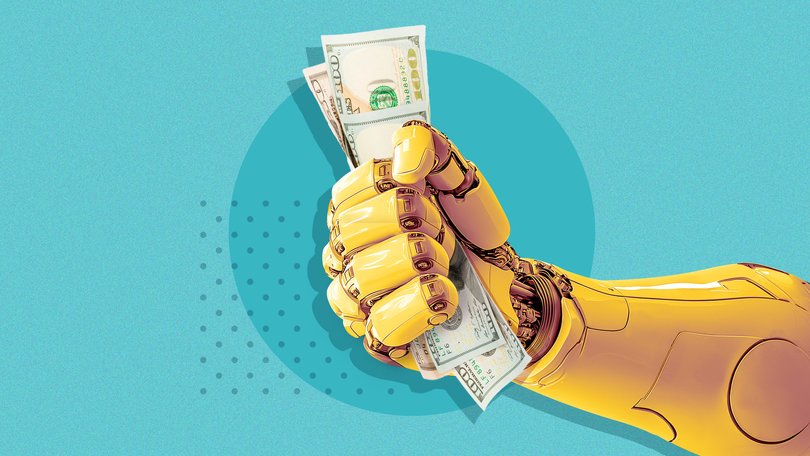THE ECONOMIST: How America’s AI boom drives growth — while putting the squeeze on power, housing and jobs

Northern Virginia, just outside of Washington DC. Attentive window-seaters flying into Dulles airport might notice a clutch of white-roofed boxes jutting out next to rows of suburban culs-de-sac.
Those data centres are part of a cluster — the world’s biggest — which last year guzzled more than a quarter of the power produced by Virginia’s main electrical utility.
Fears of a slowdown abound in America, with high interest rates and tariff chaos weighing on most of the economy. But they are doing little to reduce the breakneck pace at which firms are building the infrastructure needed for AI.
Sign up to The Nightly's newsletters.
Get the first look at the digital newspaper, curated daily stories and breaking headlines delivered to your inbox.
By continuing you agree to our Terms and Privacy Policy.Something like a sixth of the 2 per cent rise in American real GDP over the past year has come from investments in computer and communications equipment, including chips, and data centres.
Add in the grid upgrades to power AI models, plus the intellectual-property value of the software itself, and one estimate puts the boom’s contribution to real GDP growth at 40 per cent. It is an astonishing figure for a sector that accounts for just a few per cent of America’s total GDP.
The AI buildout is not a normal investment boom. Until recently, big-tech firms paid for most of it from their earnings and cash piles. Now the scale of construction is too great even for these giants, so they are turning to borrowing.
They are building data centres in the belief that AI will drive explosive economic growth, and hence demand for computing power, within a matter of years. This is not like building houses or factories.
It is a high-reward, winner-takes-all market, in which ordinary concerns such as the cost of borrowing are easy — and tempting — to wave away.
And that is just what the big-tech firms are doing. In the face of their determination to build AI infrastructure at any cost, higher interest rates offer little deterrent. Neither does the cost of electricity: schemes for gigawatt-scale data centres, demanding as much power as a small city, are increasingly in vogue.
If the history of the dotcom boom in the late 1990s is anything to go by, the mania could have much further to run. Then, the rollout of costly technology required to build the internet continued for many years, with a much sharper impact on GDP than America has experienced so far from AI.
If anything, the early enthusiasm for AI has been even greater than that in the internet’s youth. For all the Y2K-era excitement, few expected the web to lead to mass automation or unprecedentedly fast economic growth. Both are now fairly mainstream predictions about AI among the Silicon Valley set.
The trouble is that the very sector powering so much of America’s economic growth is squeezing the rest of its output. Housebuilders, for instance, cannot afford to be blithe about higher borrowing costs. Data centres have also constrained the rest of the economy by keeping energy prices high. Average American electricity bills have risen by 7 per cent so far in 2025, at least in part due to the extra strain data centres have put on the grid.
Sure enough, look beyond AI and much of the economy seems sluggish. Real consumption has flatlined since December. Housebuilding has slumped, as has non-AI business investment. Both are highly sensitive to interest rates, and so act as bellwethers for output more broadly.
In other words, an economy-wide reallocation is under way: interest-rate- and energy-sensitive sectors are contributing less to growth, while AI investment contributes more.
And if it is to continue to do so, big-tech firms must continue to increase spending. Any slowdown in capital expenditure — say, if constraints on power or chip availability bite — would mean less support for overall economic growth.
Should that happen, there would be the silver lining that interest rates and energy prices would probably fall, too, easing the pressure on the rest of the economy. History, though, carries a warning.
After the dotcom boom came a ferocious bust. A similar drop in AI investment would remove a big source of America’s growth just as the rest of the economy has begun to look fragile. If desire for data centres cools, it is not just Ashburn that might be in trouble.
Originally published as How America’s AI boom is squeezing the rest of the economy
